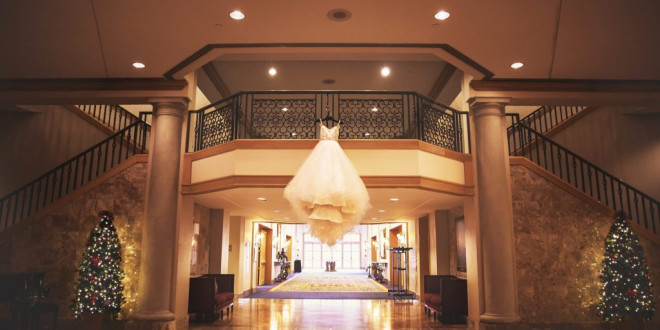[ad_1]
Over the course of history, the wig, a man made head covering of real or artificial hair, has come and gone from fashion time and time again. Both men and women have worn wigs since the earliest recorded times. The ancient Egyptians shaved their heads and wore wigs as a way to protect them from the sun. So wigs have really been around for thousands of years.
For centuries now, wigs have varied from the elaborate styles to much smaller variations, including the wearing of hairpieces and false locks and braids. As for today, people basically wear their own hair, reserving the use of wigs for the movies, parties or sometimes-following chemotherapy. However, it is important to realize that wearing wigs was not just a trend in the world of fashion. Wigs often served practical purposes such as a protection against cold weather or rain.
Taking a look back on history, it’s known that different styles of wigs also have played a significant role in fashion. Depending on the era, wigs frequently were worn as a sign of wealth or were linked with a particular profession. During times of war, wigs even were used to intimidate the enemy.
Under the reign of French King, Louis XIII, who lost his hair as a young man, the “Along” wig for men became a vital part of every garment. The more exquisite wigs came from the French, whose customs were popular among the fashion world. In the decades that followed, the more grand the era, the more eccentric the wigs looked. Eventually, with the outbreak of the French Revolution both fashion and wigs lost importance. It was not until after 1820 that wigs became popular again.
Over time wigs have come in and out of fashion, whether the wearing of wigs were for personal adornment, as a symbol of social status, profession, or political office, or for religious purposes. Before the days of synthetic hair production, wigs were normally made of human or animal hair. Wigs and hairpieces again came in to fashion in the 1960’s, and demand for the product suddenly soared. Researchers worked hard to develop a quality synthetic hair for the wig market.
Today wig and hairpiece makers enjoy a lucrative wig market. Keeping up with new styles and market trends, today’s easy care, lightweight wigs offer consumers the versatility of quick and simple fashion changes. Wigs are no longer used as a status symbol, they are often used for fun to compliment a costume that one maybe wearing. And, of course, there are some unconventional people who enjoy changing their hairstyles on a regular basis and find that wearing wigs is the easiest way to do so. Wigs have been around for centuries and over the years the trends have changed. One thing is for sure though; wigs will be around for a long time to come.
[ad_2]
Source by Donald Waldenson

